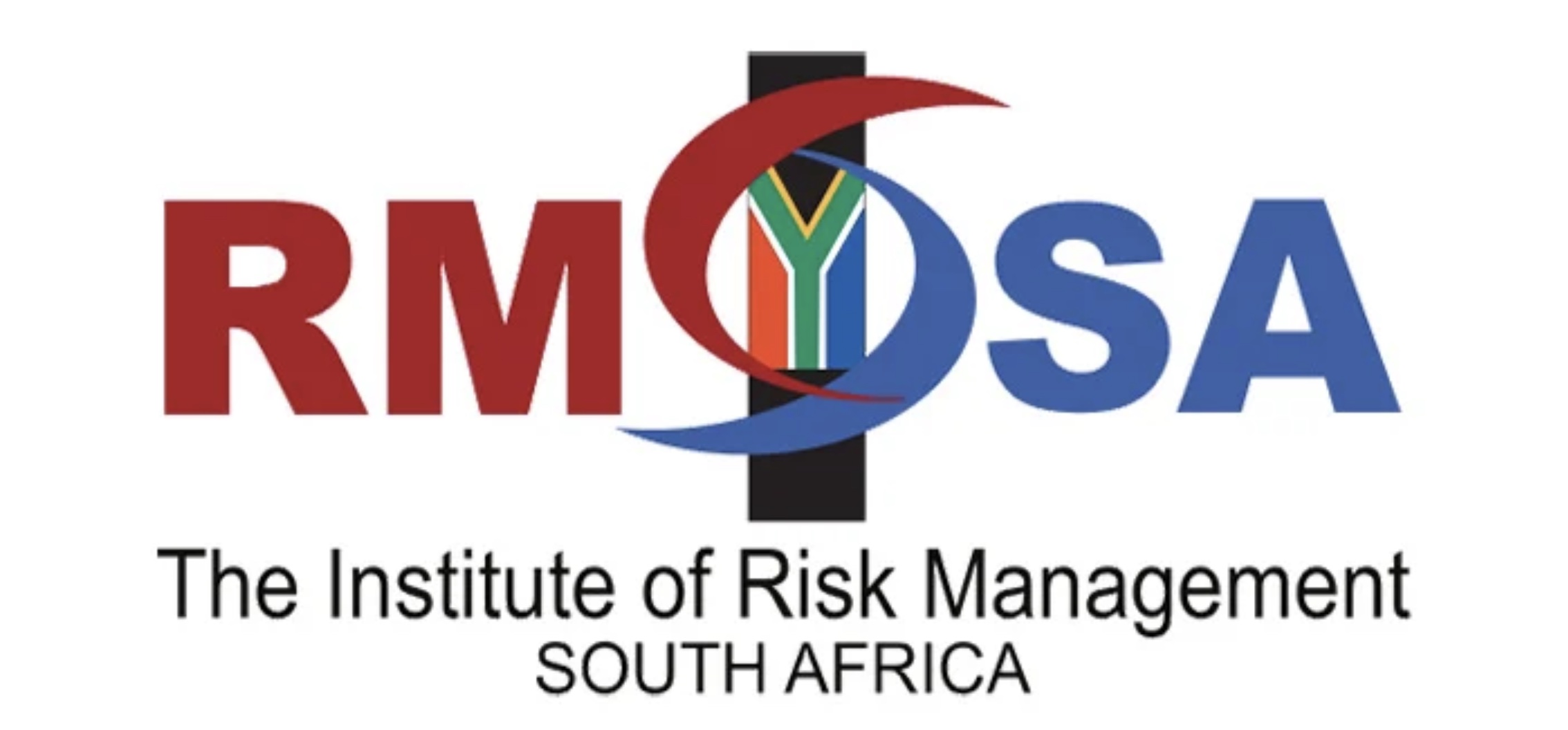Four practical methods for dealing with economic risk
Risk management requires effort, knowledge and teamwork along with a significant amount of specialist knowledge. Economic risk management is one of those specialised areas that is normally left to the likes of Chartered Accountants and MBAs to forecast accurately and provide relevant control measures.
We tend to associate economic risk with fiscal crises, soaring energy prices, unemployment and currency exchange rates, however there are a number of achievable mitigation strategies that can be put in place by most organisations.
The following are four relatively straight-forward methods that could form part of your operational risk management plans which will have a major impact on addressing the overarching economic risks.
1. Prioritise your customer service.
It may seem obvious, but we can always improve our customer service and more importantly our after sales service. Providing customers with a seamless way to interact with us and purchase what they want at a fair price reduces the risk of customers leaving. The following may seem counter intuitive, but assists with customer retention and acquisition thus minimising economic risk:
- Introducing new products/services and/or adapting existing ones.
- Starting a customer loyalty scheme depending on the type of business.
- Increasing efforts to diversify your customer base to avoid key reliance.
- Investing more in the sales efforts and possibly employing more sales/marketing staff.
2. Reassess your linked supply chain risks.
An increasing number of unexpected events have highlighted how fragile our supply chains are and the knock-on effect for economic risk. The Suez Canal incident has had a major and lasting effect on many supply chain models and coupled with the Covid-19 pandemic and the war in Ukraine has caused many organisations to revisit the ‘just-in-time’ management strategy.
Many organisations have invested in either trade credit insurance, shortening the supply chain process or even stockpiling of key products. Along with regular and robust risk assessments we should consider diversifying suppliers and understanding their risks. This brings us to point No.3.
3. Understand your trading partners.
Irrespective of the industry we are in, we still have great dependence on our suppliers and are obligated to know as much about them as possible. Do you know how financially stable your suppliers are and whether they have the capability, both finance and skill related to fulfil their supplier obligations? In the process of practicing effective risk management we need to understand and analyse the key financial indicators monitoring our supply chains.
A strong Legal & Compliance team is paramount to understanding the complexity of laws involved with any international trade:
- Laws in your own country.
- Laws in the country of origin of your supplier(s).
- International trade laws.
4. Invest in your IT systems and processes.
Spending more on your infrastructure and IT systems may not seem logical and may be a risk in itself, but automating as much of your organisation as possible gives much broader visibility and allows for quicker response times.
For example, almost anything of value can be traded and tracked on a blockchain network which is essentially an immutable shared ledger. From a supply chain infrastructure perspective an investment in blockchain provides improved transparency, reduced risk and cost reductions for all involved. All network members will see one version of the truth, see full transaction details, and spend far less time on validating/checking and more time on sourcing/delivering goods.
Some questions for consideration:
- Are you evaluating and updating your risk profile in a regular and robust way taking into account an ever changing environment?
- Are you monitoring and managing your 3rd party risks such as supply chain and trading partners (e.g. key clients, key suppliers, logistics) etc?
- Are you using ‘big data’ to inform your decision making and linking this to Key Risk Indicators? Gut feel is totally inadequate and irresponsible.
- Are you taking risk management seriously and embedding it throughout your organisation driving ownership and accountability in order to minimise / avoid nasty surprises?
In conclusion
There are many more management strategies to minimize the effect of economic risk and streamline your operations at the same time. The process of risk and control assessment along with a common sense approach will increase your likelihood of success.
To make us all feel better the economist John Galbraith said the following: “There are two kinds of forecasters: those who don’t know, and those who don’t know they don’t know.”
Written by Warrick Asher: General Manager – Sales, BarnOwl

